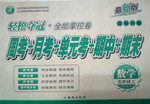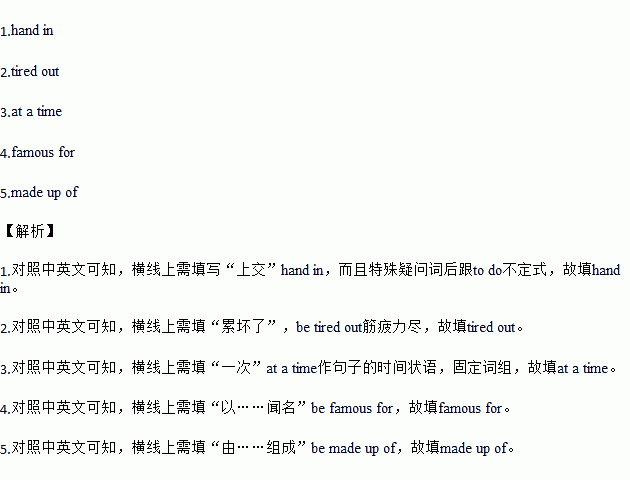题目内容
根据所给汉语完成下列句子
1.老师告诉我们什么时候上交作业了。
The teacher has told us when to __________________ our homework?
2.繁忙的一天工作后,他们累坏了。
They were ________________ after a busy day’s work.
3.我们一次只能借一本书。
We can only borrow one book __________________.
4.自20世纪以来,它便以剧院闻名。
It has been ____________________ its theatre since the twentieth century.
5.我们班级由32个男生 和23个女生组成。
Our class is ______________ 32 boys and 23 girls.
练习册系列答案
 轻松夺冠全能掌控卷系列答案
轻松夺冠全能掌控卷系列答案
相关题目

